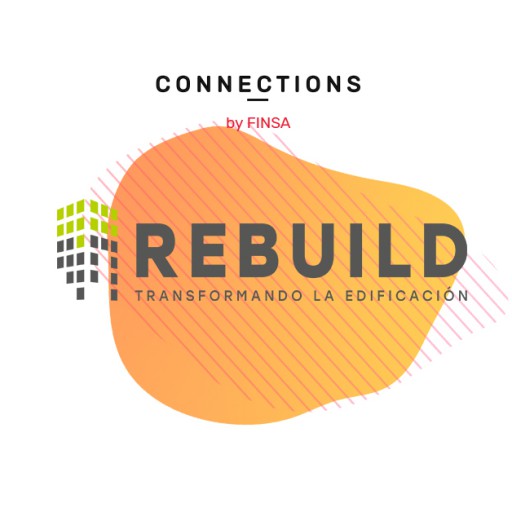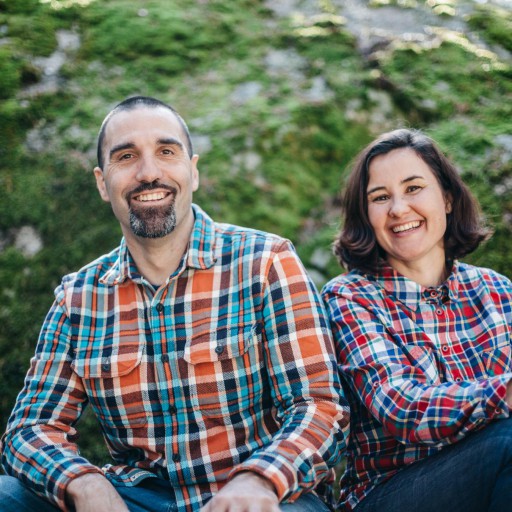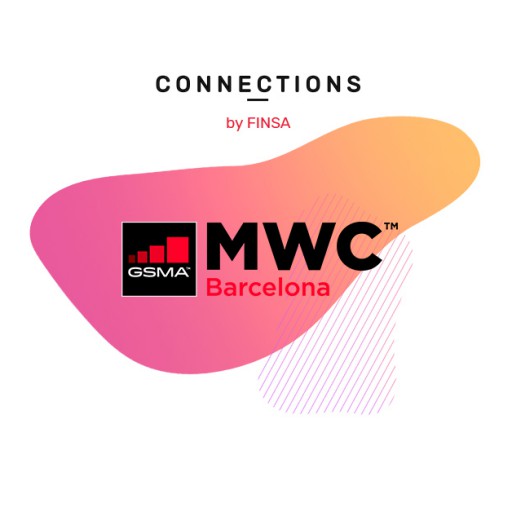Germany has always been synonymous with development, industry, the latest technology, and innovation. Its capital, Berlin, is constantly reinventing itself and is, without a doubt, the best symbol of what the country represents. Over the last few years, the city has begun to stand out as a technopole, attracting talent as well as emerging and established businesses. For some, the Berlin of today (as well as the Berlin of the future) is the closest thing that Europe has to Silicon Valley. But how are they are doing it? Well, mostly through a network of eleven digital neighbourhoods, where the future of fields such as science, research, medicine, and culture is being built.
Ver esta publicación en Instagram
Zukunftsorte: the eleven digital neighbourhoods of Berlin
These neighbourhoods are called Zukunftsorte, which translates to ‘places of the future’. They are districts where science and business work together to mould what is yet to come and make it a reality. The project, with its huge innovative potential, is unique in Europe because of its high level of development and many particular features, and is supported and financed by the Senate of Berlin, an executive body that governs the city, with the assistance of the Department for the Economy, Energy, and Private Companies. The overarching objective is to further strengthen the city’s position as an attractive option for future industries and technologies and as the perfect space for innovative ideas and creativity.
Why Berlin?
As the Chinese proverb goes, when the winds of change blow, some people build walls and others build windmills. Berlin no longer builds concrete walls like the one that divided the city for 28 years, but it does take advantage of the winds of digital transformation with its Zukunftsorte, their new windmills. Berlin has all the right ingredients needed to bring about change: it’s a big international capital city with a global feel as well as a creative hub that is always ahead of the curve, and it has a lot of available space at a reasonable price.
And there’s more. Berlin is home to several scientific institutions, organisations that fund up-and-coming business, tech hubs, and long-established, powerful companies. Where once it was isolated and fragmented during the years of the Wall, it has evolved towards support and collaboration thanks to synergy. In its ‘places of the future’, everyone works together to create business and science networks that foster innovative processes for the regional economy and improve its competitive advantage. The initiative has attracted more than 40 institutions and 2,200 businesses to date and has created more than 62,000 jobs.
Ver esta publicación en Instagram
The areas that make up the city of the future in Berlin are all different sizes, with different profiles and facilities at different stages of development. Many of the projects are already underway, while others are still in the planning phase. As a result, the Germany capital offers different location options that can adapt to the needs of any interested company or institution. Director of the Zukunftsorte Commercial Office, Steffan Terberl, said “We wanted everyone to know what these future Berlin locations mean and how the innovations based on research have a positive impact on our lives”.
Science, business, and the latest tech
This formula, which brings science and business together, is the backbone of several Berlin districts, and one of the biggest is Adlershof in the city’s south-east. In addition to being the largest science and technology park in Germany, it’s also one of the most successful thanks to its system of cooperation between research institutions and tech companies. Science and business benefit from each other in this inspiring neighbourhood, which is home to more than 1,150 companies, 20,000 workers, and 7,000 students.
This combination has given rise to 353 registered patents, 190 innovative products, and rapid economic growth. One of the products is a compact quantum sensor that can be used anywhere without being affected by the changes in its environment. Created by Nomad Atomics, this tool has enormous potential and could change mining, traffic, and environmental protection forever. There is also the revolutionary Xolography technology, developed by a startup, which can 3D print in seconds.
Ver esta publicación en Instagram
Ver esta publicación en Instagram
Ver esta publicación en Instagram
And Adlershof just continues to grow. In 2024, it will be home to a new commercial campus with offices, apartments, a hotel, shops, cafés, restaurants, and a kindergarten. The Berliner Sparkasse bank will also move into the area, with Siemens Mobility to follow in 2025.
Another key area is Siemensstadt in the city’s west. Siemens, the powerful conglomerate of German companies working in the industrial, energy, health, and infrastructure sectors, established its first factory there in 1897. Today, a futuristic campus is being designed for the site, including plans for a state-of-the-art incubator. This new sustainable and digital neighbourhood will be under construction until 2030, however, once it’s completed, people will be able to live, work, and conduct research there. It will use technology to redefine the city as a living, open, and perfectly liveable ecosystem.
Ver esta publicación en Instagram
Right next door to Siemensstadt is Rinsiedlung Siemensstadt, one of six modernist residential complexes in Berlin that have been recognised as World Heritage Sites:
Ver esta publicación en Instagram
The presence of bees: our future
The technology of the future is also present in the heart of Berlin at the Humboldthain Technology Park. Its nucleus is the Berlin Innovation Group (BIG), located in the old AEG complex, which is now also home to the offices of more than 160 companies with 6,000 employees, three scientific labs, and more than 2,000 students.
One of the projects that has been developed in this new central neighbourhood is Sens4Bee, which has been led by Microsensys and backed by the Federal Ministry of Nutrition and Agriculture. The project hopes to gather enough data with the help of integrated systems of sensors that have been placed in beehives as well as individual specimens with the goal of analysing the impact of different environmental events on the wellbeing of the bees.
Ver esta publicación en Instagram
Ver esta publicación en Instagram
Charlottenburg, one of the largest city university campuses in Europe, is another important hub. Consisting of both heritage listed buildings and buildings still under construction, its schools, university departments, research institutions, businesses, and cultural organisations exist side by side in this melting pot of innovation that provides where interdisciplinary development is encouraged, making it the perfect space for startups.
Ver esta publicación en Instagram
Sustainability, mobility, and clean technology
There are three main neighbourhoods that fall under this banner. The first is Urban Tech Republic (Berlin TXL), an industrial and research park built on the site of the old Tegel airport. The work done here focuses on providing solutions for the challenges facing cities in the 21st century, including the development of tools for environmentally friendly mobility, recycling, and the control of infrastructure using urban technology that makes the most of available energy using new, resource-saving materials. This district also has residential areas that are currently in the planning stages which will act as a testing ground for carbon neutral construction.
Driverless transport
One of the most important projects in this digital neighbourhood is that of self-driving vehicles, something that is close to being an everyday reality in Berlin. The city has a mobility network that works very well, with public transport including scooters, bikes, electric motorbikes and cars, rental bikes, and carshares. But Urban Tech Republic want to go a step further, with startup Motor AI testing out innovative artificial intelligence based on cognitive neuroscience that can make reliable traffic decisions in new and complex situations.
Ver esta publicación en Instagram
The Clean Tech Marzhan area in the east also specialises in sustainable and energy efficient technologies, while Campus EUREF in the south-east has become a lab that works with different ‘green’ ideas with the goal of making the energy transition and the mobility revolution a reality. Here you’ll also find the Schöneberg, a gasholder house from 1913 that is now a public space, hosting events and even acting as a television studio. The building also contains a digital meter that shows the amount of CO2 we can produce before reaching the maximum global temperature increase of 1.5 degrees Celsius.
Ver esta publicación en Instagram
Germany’s answer to Oxford and its advancements in biotechnology
When it comes to health, Berlin is also looking to the future. Berlin-Buch is home to clinical, ppharmacoloy and molecular medicine labs, as well as one of the biggest biotechnology parks in the country. A recent discovery at one of the aforementioned labs was a type of adhesive that can fight cancer, offering a new method of transforming proteins and antibodies into stable and highly functional carriers that are capable of detecting and killing tumour cells. In Berlin Südwest, which is also known as Germany’s answer to Oxford, many prestigious institutions are behind numerous emerging biotech and life sciences companies. A new business and innovation institution is also on the horizon, and will foster more startup talent.
Ver esta publicación en Instagram
Ver esta publicación en Instagram
Cutting-edge design and culture
The Schöneweide district is located on the banks of the river Spree and offers a creative environment that is held in high esteem by internationally successful companies at the intersection of technology, science, and design. This Zukunfstorte has seen the development of the IRMA, a sensor and counter that tracks the flow of passengers and recognises objects such as bikes and wheelchairs in order to improve public transport on buses and the roads. The company behind this innovative design (the sixth version of which, iris-GmbH, is already on the way) has won several awards for their work.
Ver esta publicación en Instagram
The final digital neighbourhood in Berlin that we want to cover is Tempelhof in the south, where the past and future come together. This enormous (and unfinished) airport structure and its hangars are being used for events, exhibitions, and as a workspace for more than 2,000 people, but it is also being remodelled slowly, with the goal of making it an exciting district with public meeting places and space for different activities including an experimental cinema, a shared art centre, a lab for growing mushrooms, the Floating University, which hosts open discussions, and the CityLab, which provides support for those who want to contribute ideas for making the city more sustainable and digital in the future.
Tempelhof is also experimenting with new approaches to urban cohabitation. For example, it will be home to a historic gallery with 360-degree panoramic views of a hybrid landscape featuring birds and grazing sheep alongside joggers and enthusiastic gardeners.
Ver esta publicación en Instagram




